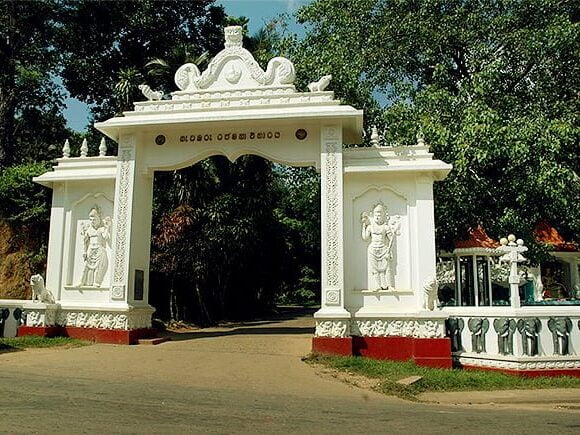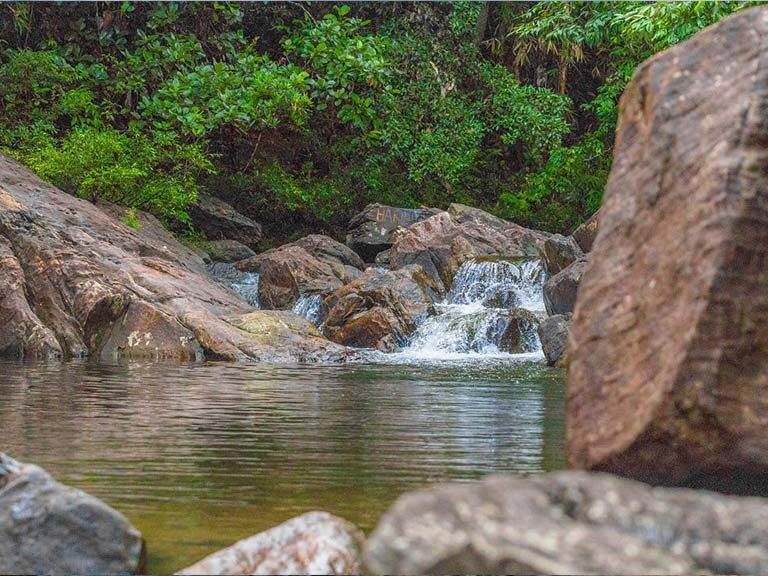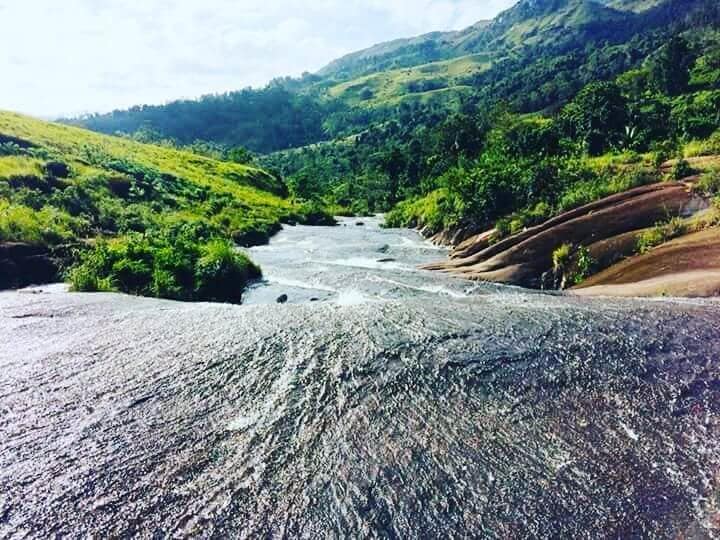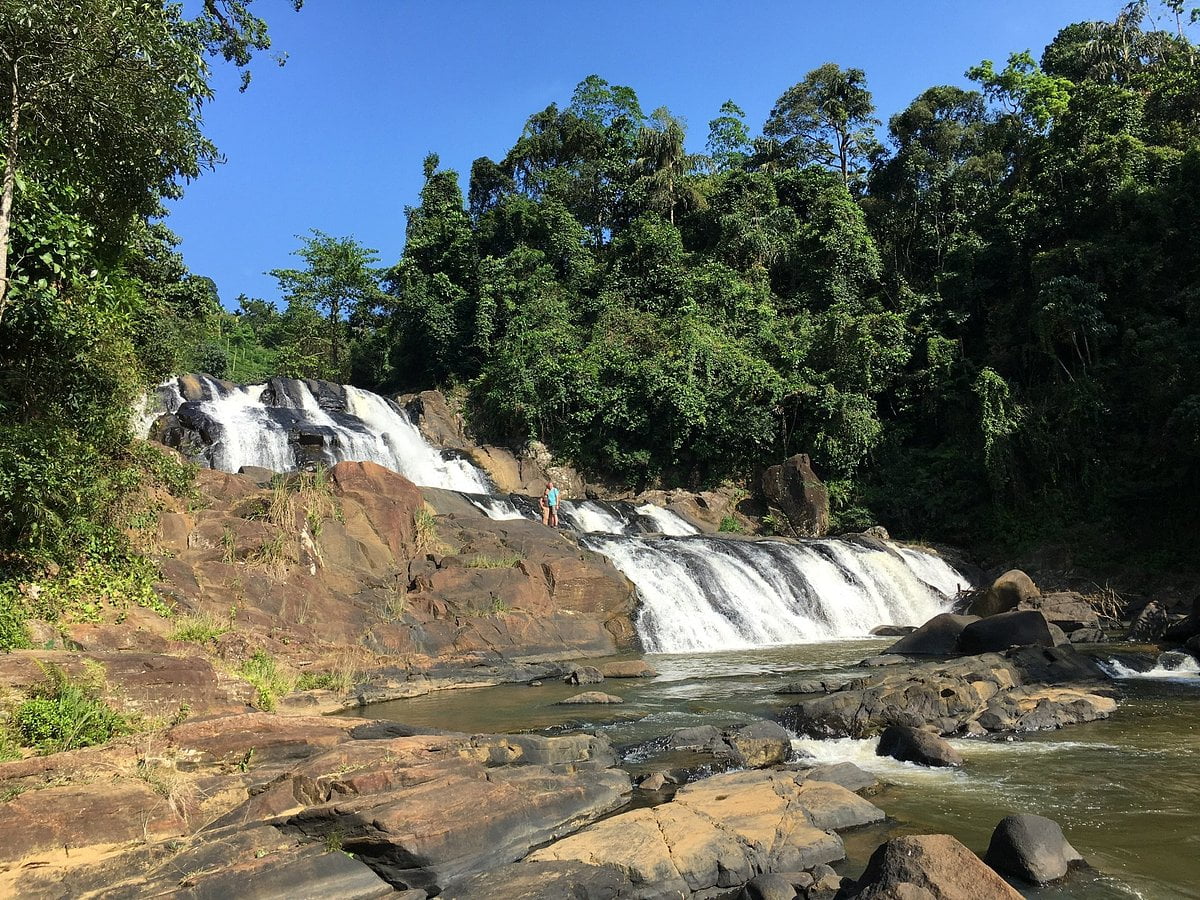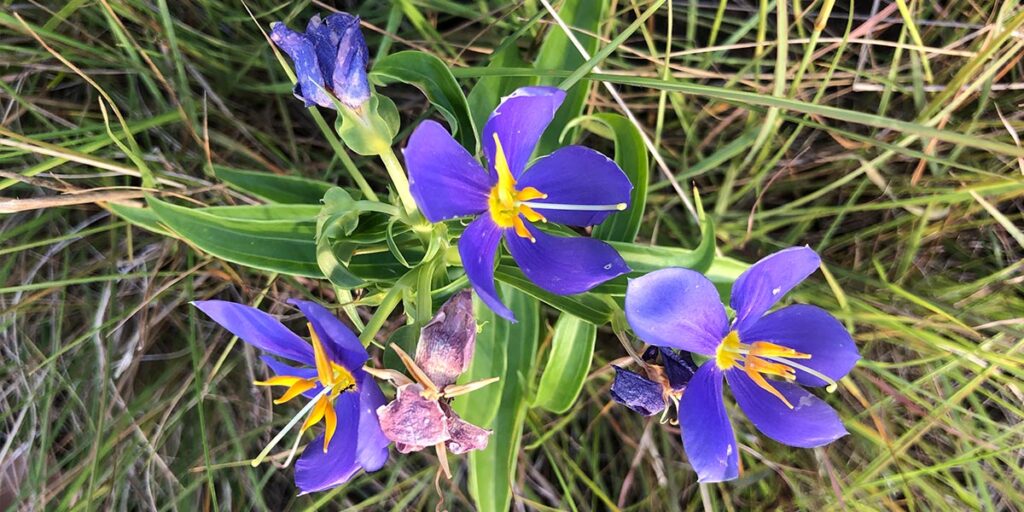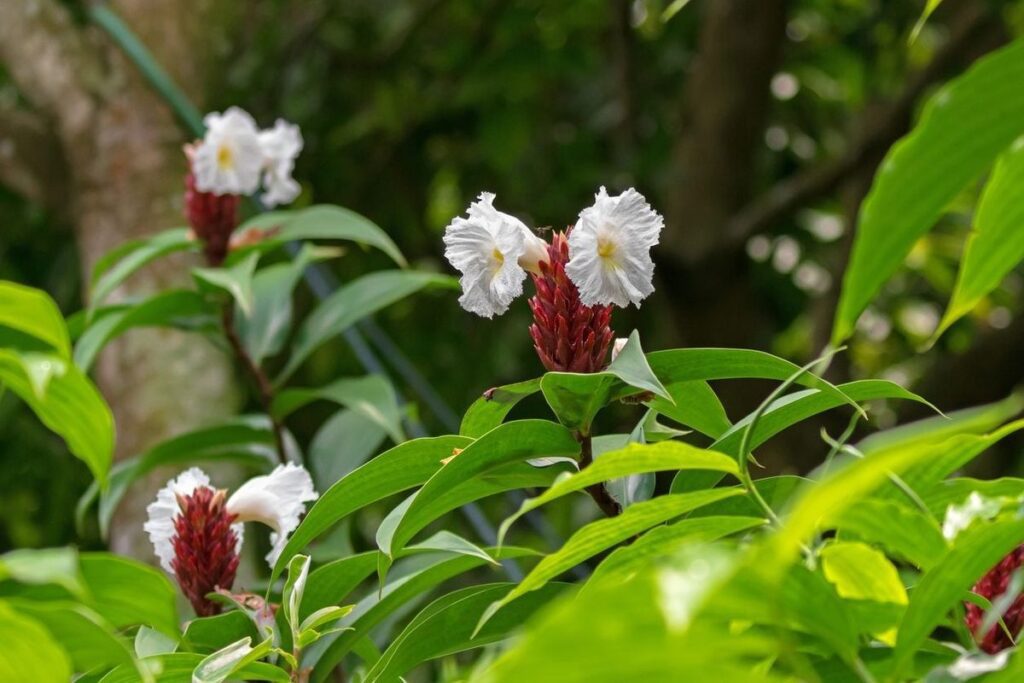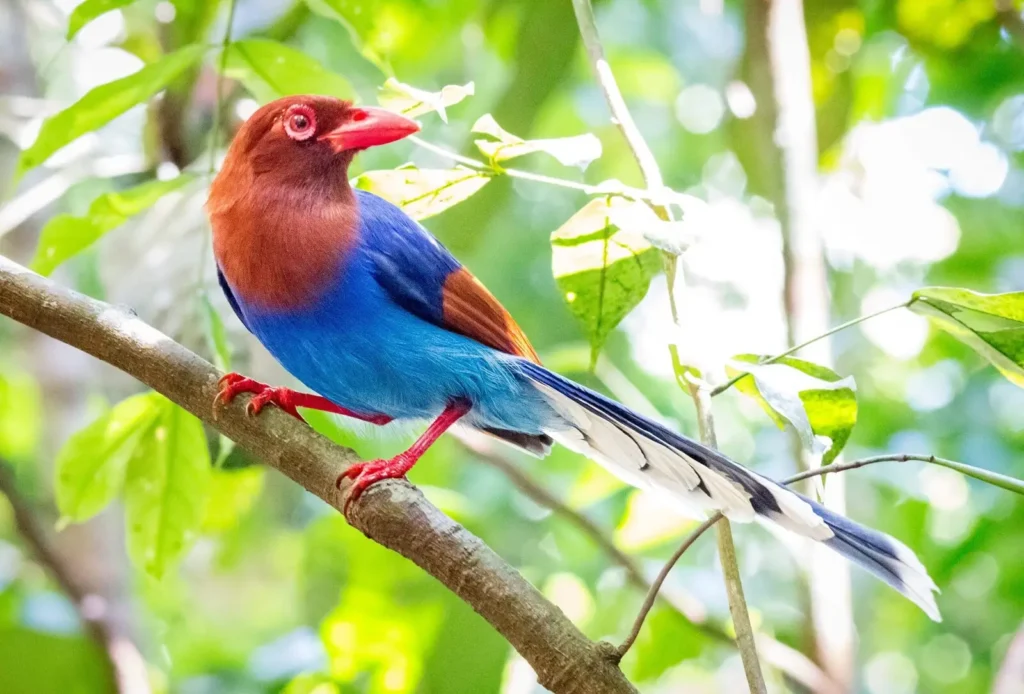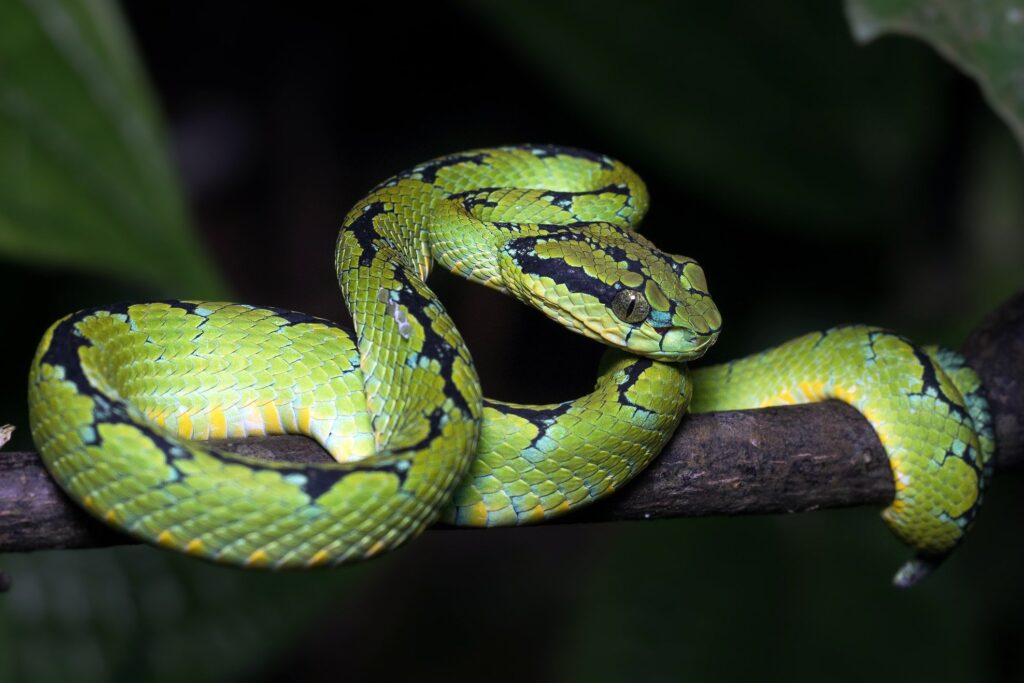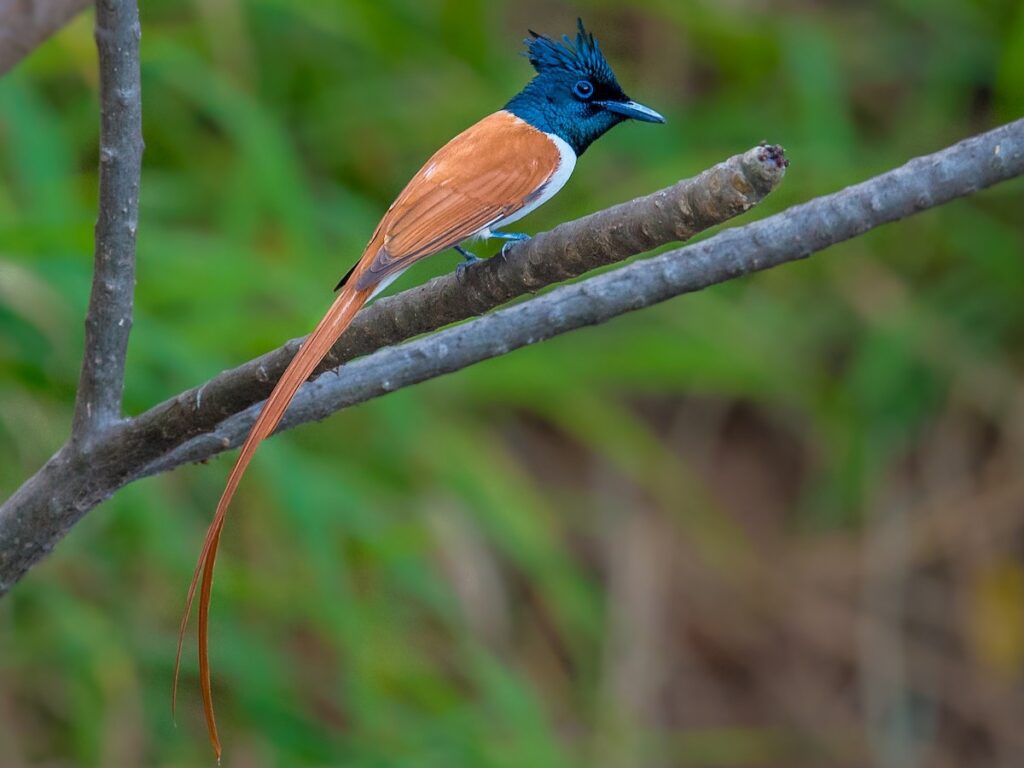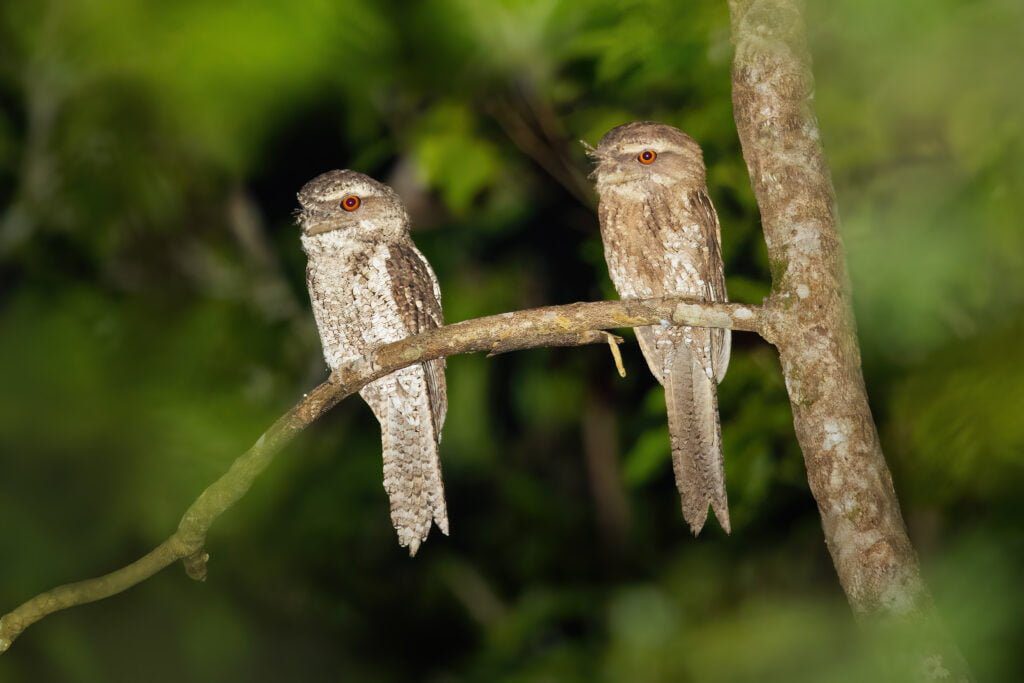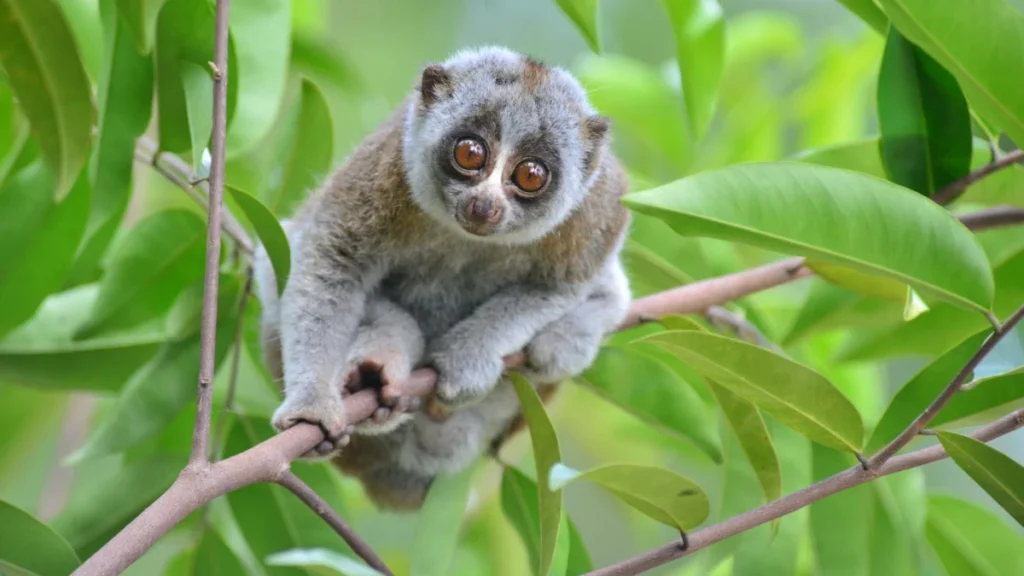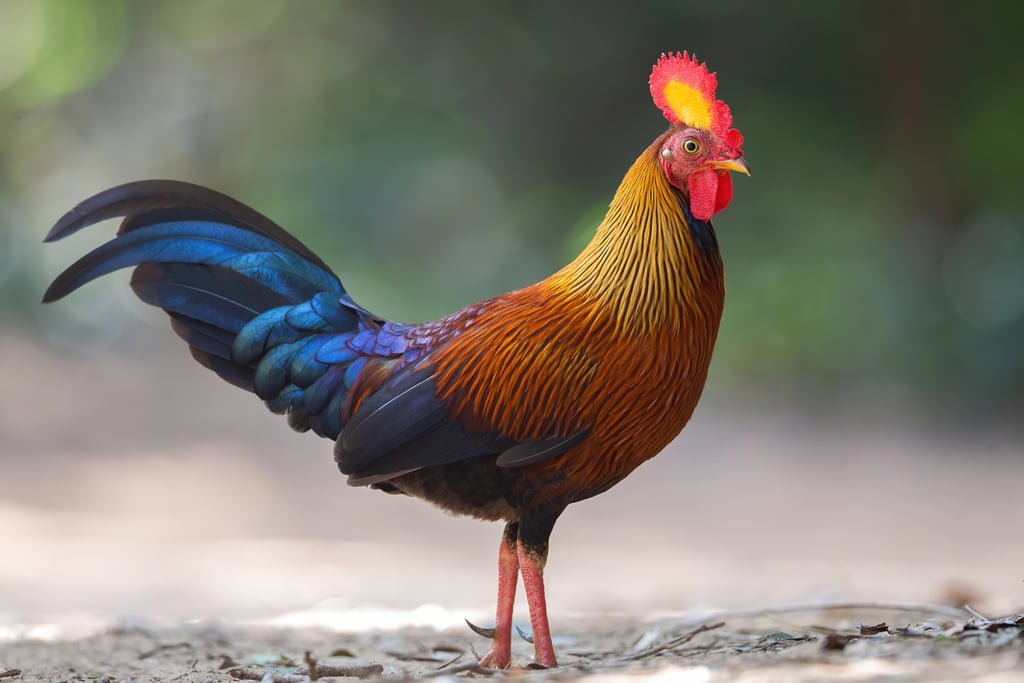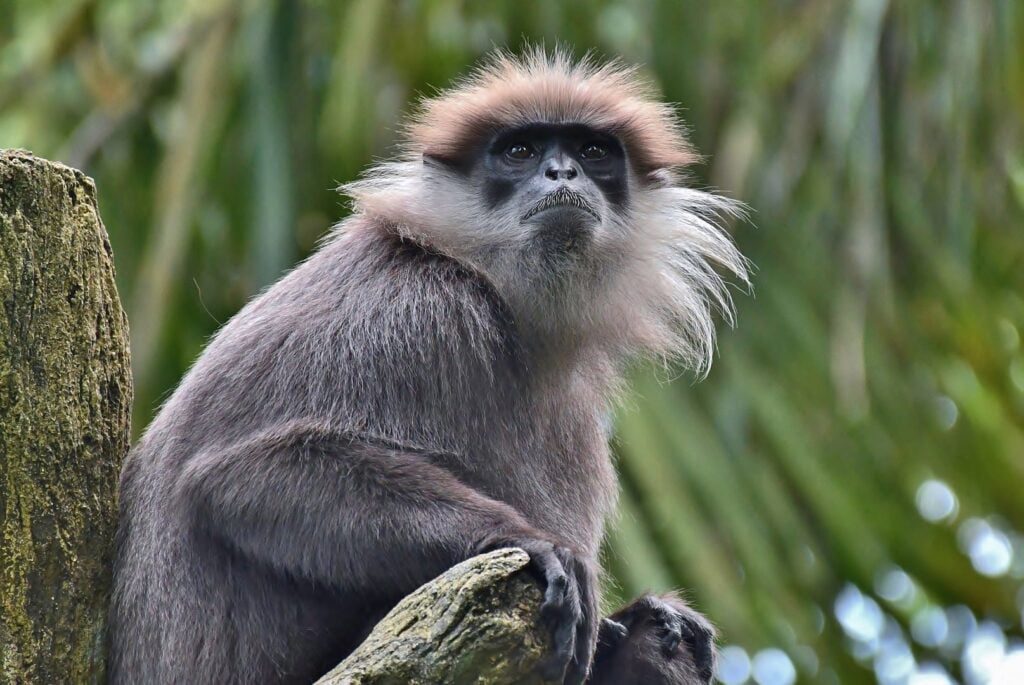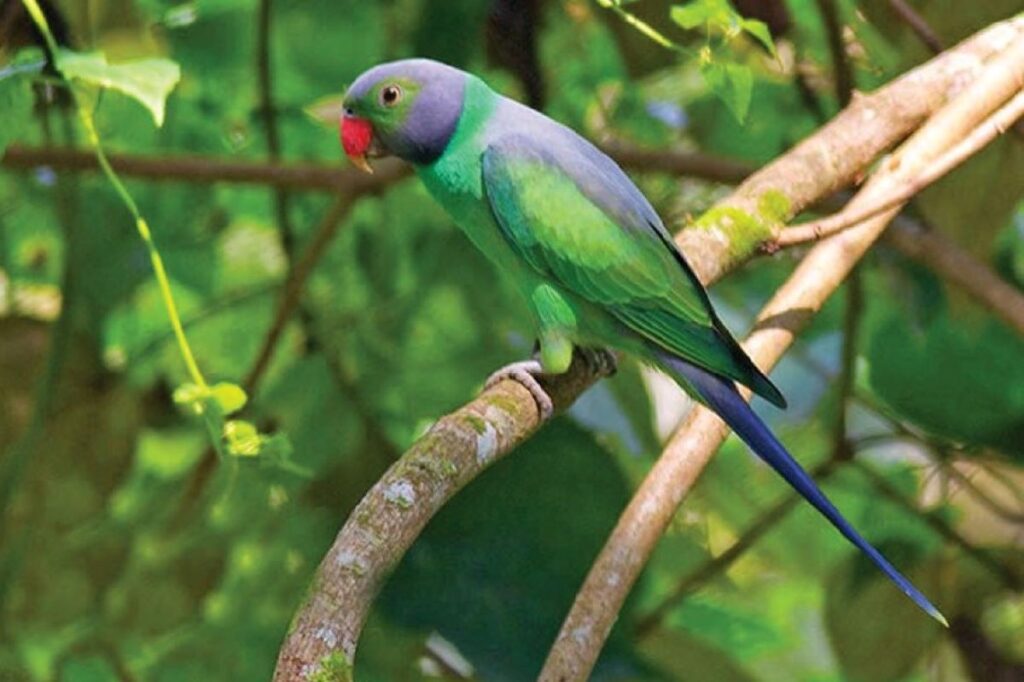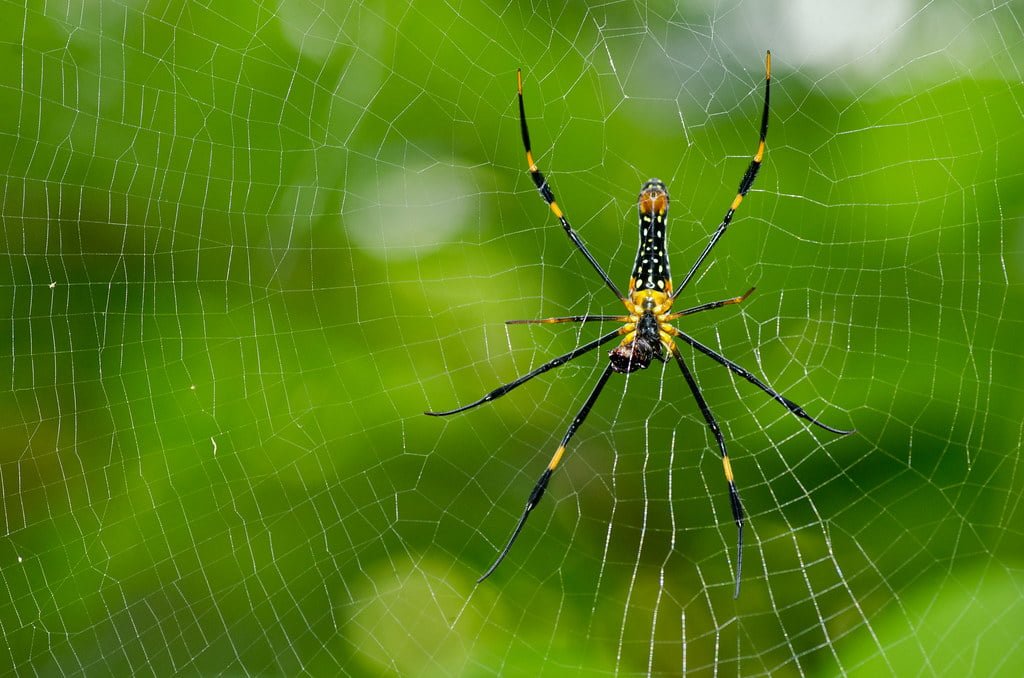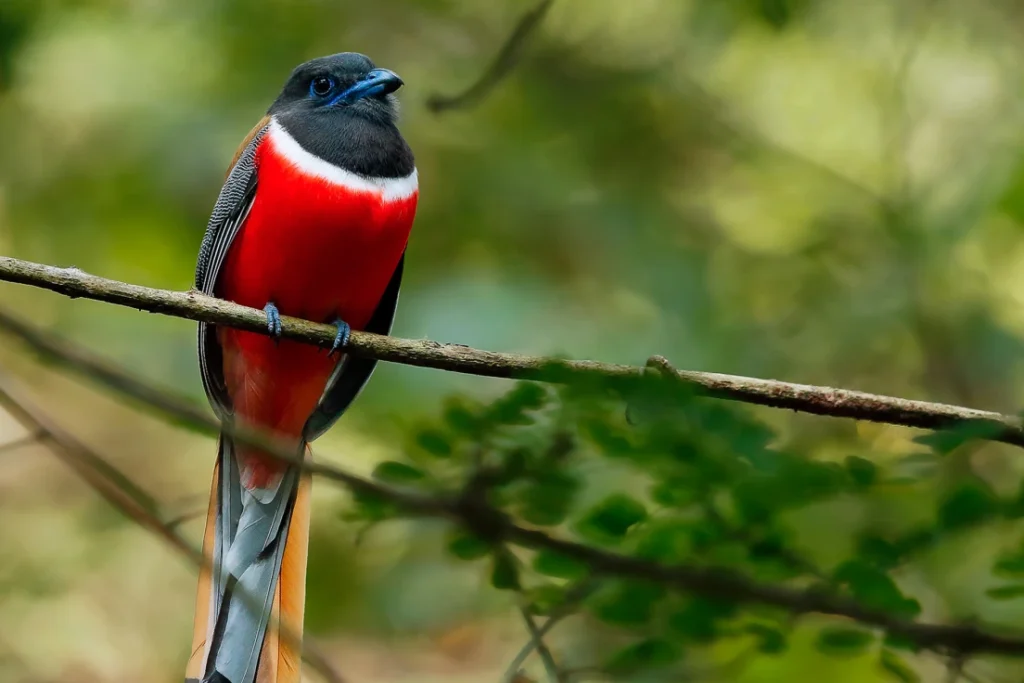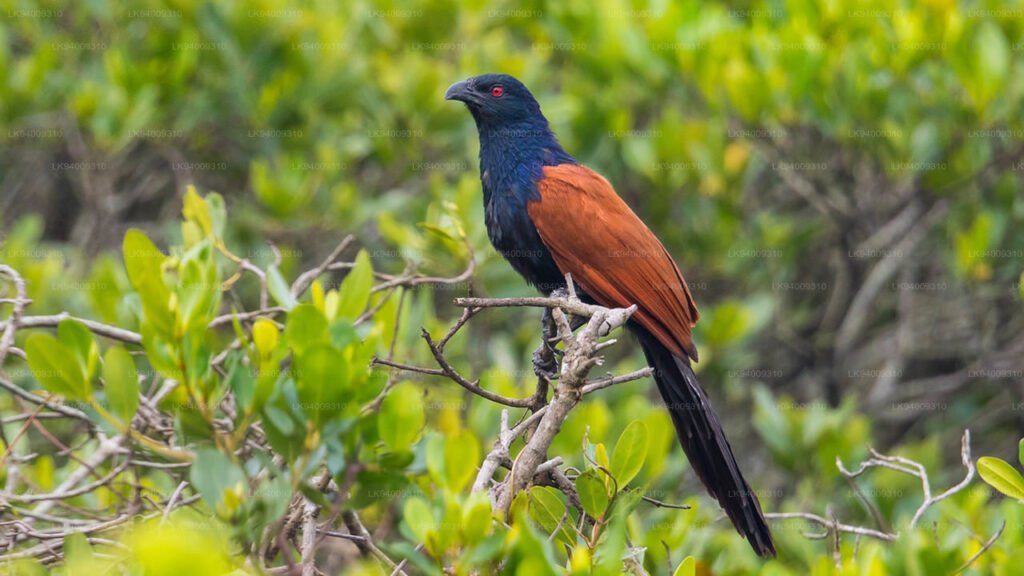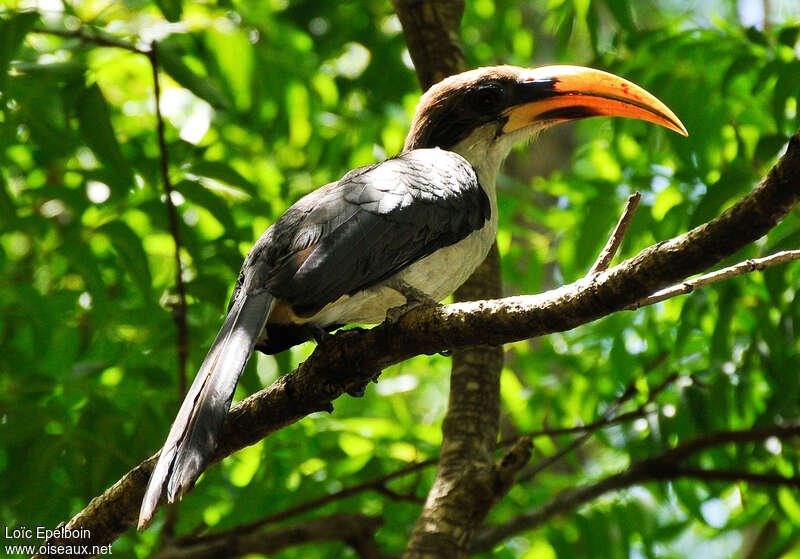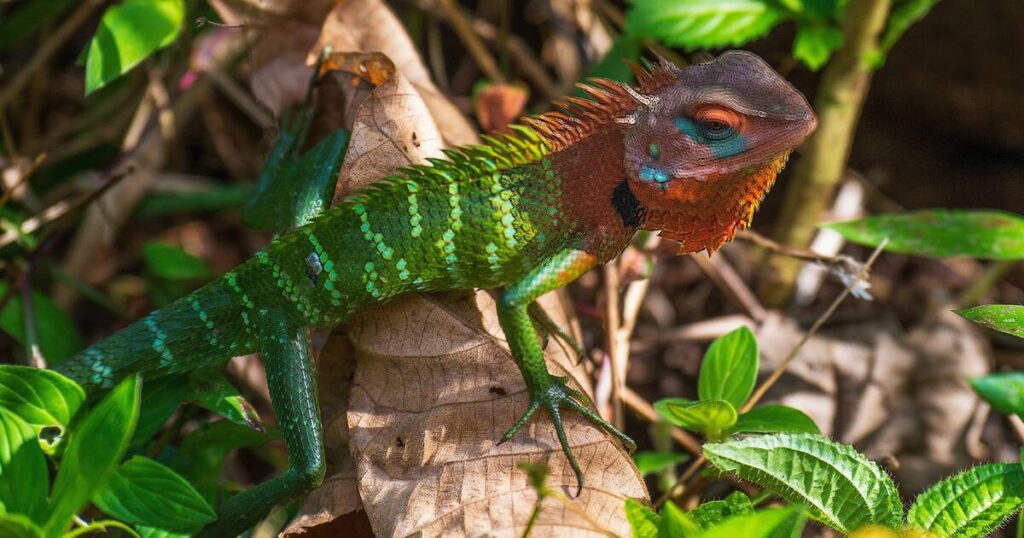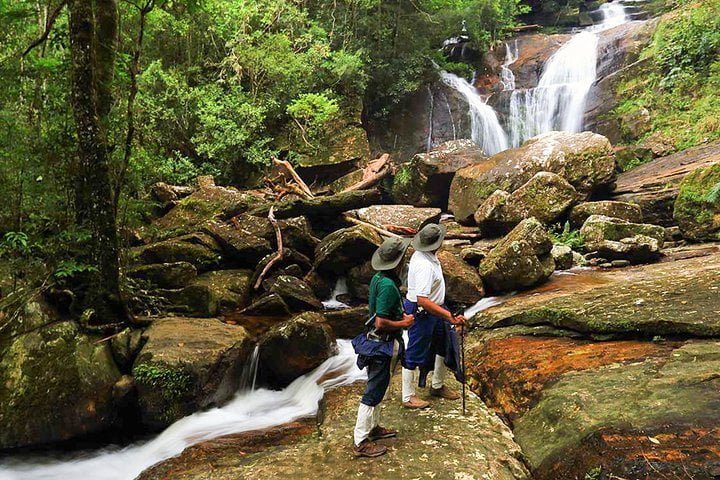
hg
Sinharaja, SriLanka
Sabaragmuwa Province
Tropical Rain Forest
Sinharaja Rain Forest “A Verdant Jewel of Biodiversity”
Sinharaja Rain Forest, Sri Lanka’s last extensive stretch of primary tropical rainforest, is a UNESCO World Heritage Site known for its incredible biodiversity and pristine natural beauty. This article provides a detailed overview of Sinharaja, including its geographical details, demographics, and the flourishing tourism industry that showcases its natural splendour.
Geographical Overview
Sinharaja Rain Forest is located in the southwestern part of Sri Lanka, straddling the Sabaragamuwa and Southern Provinces. It lies within the Galle, Matara, and Ratnapura Districts. The forest is situated approximately 160 kilometers southeast of Colombo, the capital city. The journey from Colombo to Sinharaja can be made by car or bus, typically taking around 4 to 5 hours through scenic rural landscapes.
Land Area and Population
Sinharaja Rain Forest spans an area of approximately 88.64 square kilometers (21,000 acres). The forest is surrounded by small villages and communities, with the local population primarily engaged in agriculture and eco-tourism activities. The exact population within the immediate vicinity of the forest is difficult to estimate, but the surrounding areas support a modest rural population.
Elevation
The elevation of Sinharaja varies from 200 meters (656 feet) to about 1,170 meters (3,839 feet) above sea level. This variation in altitude contributes to the forest’s rich biodiversity, creating a range of microclimates and habitats.
Tourism Industry
Sinharaja Rain Forest’s tourism industry is burgeoning, driven by its unique ecosystem, biodiversity, and conservation significance. Here are some key highlights that make Sinharaja a must-visit destination:
Biodiversity and Natural Beauty
Sinharaja is renowned for its incredible biodiversity and pristine natural beauty:
- Flora and Fauna: The forest is home to over 50% of Sri Lanka’s endemic species of trees and woody climbers. It also supports a variety of wildlife, including endemic birds, mammals, reptiles, and amphibians. Notable species include the Sri Lankan Blue Magpie, Green-billed Coucal, and the Purple-faced Langur.
- Waterfalls and Streams: The forest is dotted with numerous streams and small waterfalls, adding to its enchanting beauty and providing habitats for various aquatic species.
- Trekking and Nature Walks: Sinharaja offers a network of trails for trekking and nature walks, allowing visitors to explore its dense foliage and experience its diverse ecosystems. Guided tours are available to enhance the experience with expert insights into the flora and fauna.
Conservation and Research
Sinharaja Rain Forest is a vital site for conservation and research:
- UNESCO World Heritage Site: Recognized for its outstanding universal value, Sinharaja is protected and managed as a UNESCO World Heritage Site, ensuring its preservation for future generations.
- Research and Education: The forest serves as a living laboratory for scientific research and environmental education, with various local and international researchers studying its biodiversity and ecological processes.
Cultural and Historical Significance
While Sinharaja is primarily known for its natural beauty, it also has cultural and historical significance:
- Local Communities: The forest is surrounded by villages where traditional ways of life have been preserved. Visitors can learn about local customs, agricultural practices, and the relationship between the communities and the forest.
- Legends and Folklore: The name “Sinharaja” means “Lion King,” and the forest is steeped in legends and folklore that add to its mystique and cultural heritage.
Festivals and Events
Sinharaja and the surrounding areas host several local festivals and events:
- Sinhala and Tamil New Year: Celebrated in April, this festival is marked by traditional games, rituals, and feasting, providing visitors with an insight into local culture and traditions.
- Harvest Festivals: Local communities celebrate various harvest festivals, showcasing traditional dances, music, and rituals.
Accommodation and Amenities
Sinharaja offers a range of accommodation options to suit different preferences and budgets. From eco-lodges and nature resorts to budget-friendly guesthouses and camping sites, visitors can find comfortable and environmentally friendly places to stay. Many accommodations provide guided tours and nature walks, enhancing the overall experience. The area also boasts a variety of dining options, serving traditional Sri Lankan cuisine and fresh local produce.
Transportation and Connectivity
Sinharaja is accessible by road, with regular bus services and private transport options available from Colombo and other major cities. The journey to the forest is an adventure in itself, winding through lush countryside and rural villages.
Conclusion
Sinharaja Rain Forest is a captivating destination that offers a perfect blend of natural beauty, biodiversity, and cultural richness. Its lush landscapes, cool climate, and vibrant ecosystem make it an ideal destination for travelers seeking an enriching and memorable experience. Whether you’re trekking through the dense forest, exploring the diverse flora and fauna, or immersing yourself in the local culture, Sinharaja promises an unforgettable journey. Its accessibility from Colombo and well-developed tourism infrastructure ensure that visitors can enjoy a comfortable and fulfilling stay.
Bird Watching, Hiking, and Trekking in Sinharaja Rainforest
Sinharaja Rainforest, a UNESCO World Heritage site in Sri Lanka, is a pristine rainforest known for its rich biodiversity and lush greenery. With over 150 bird species, including 20 endemic species like the Sri Lanka Blue Magpie, Red-faced Malkoha, and Green-billed Coucal, visitors can spot these magnificent birds in their natural habitat. The forest offers hiking and trekking experiences, with the Kudawa and Morningside trails being popular. The Kudawa and Morningside trails take you through dense foliage, streams, and hidden waterfalls, while the Kudawa and Morningside trails offer stunning views of the forest. The forest also houses several rare plant species, making it a botanical treasure trove for nature enthusiasts. Whether you’re a bird watcher, hiker, or nature lover, Sinharaja Rainforest promises an unforgettable experience.
